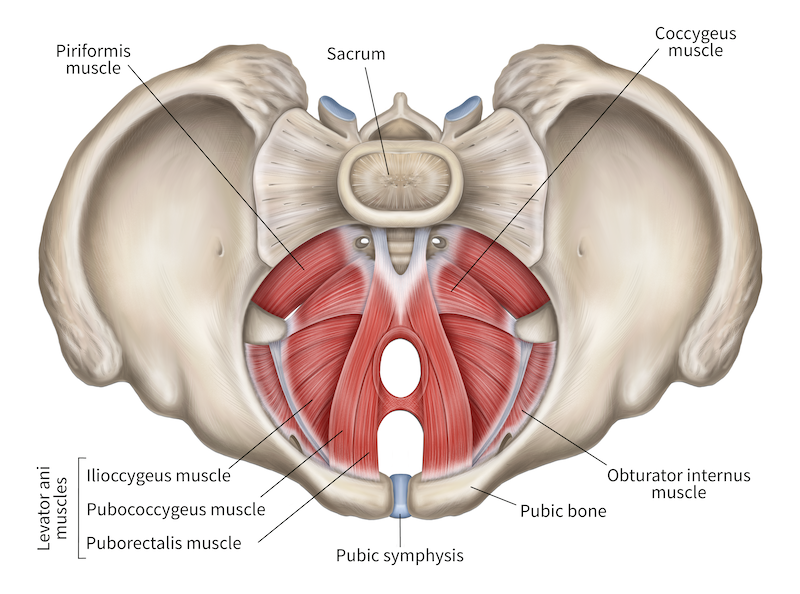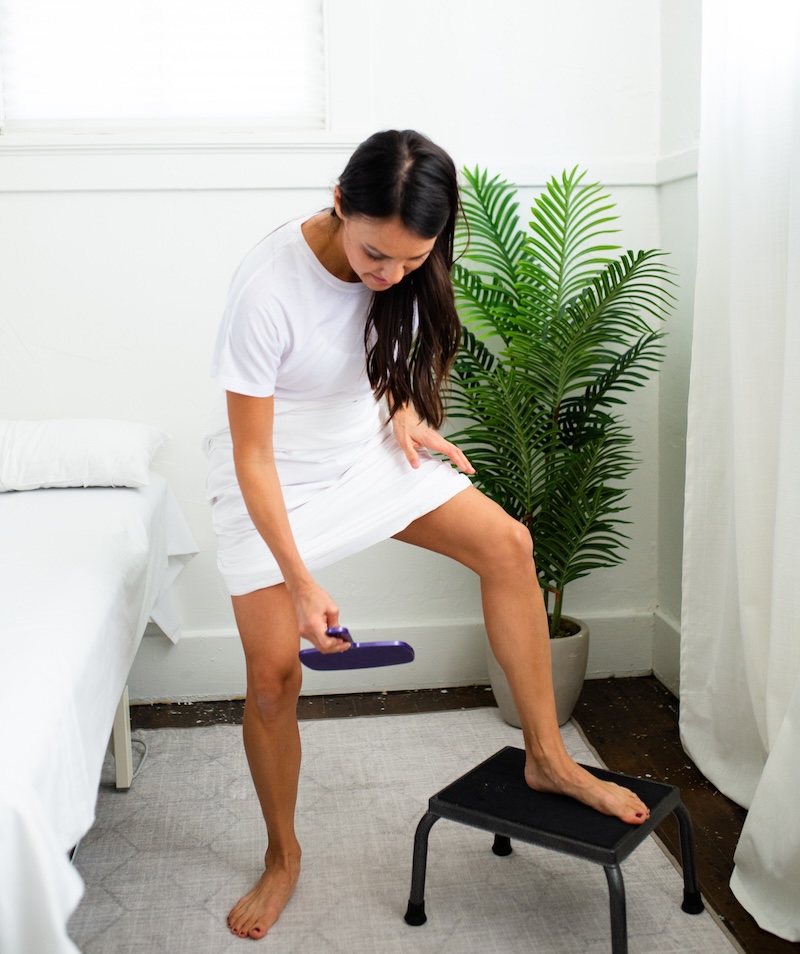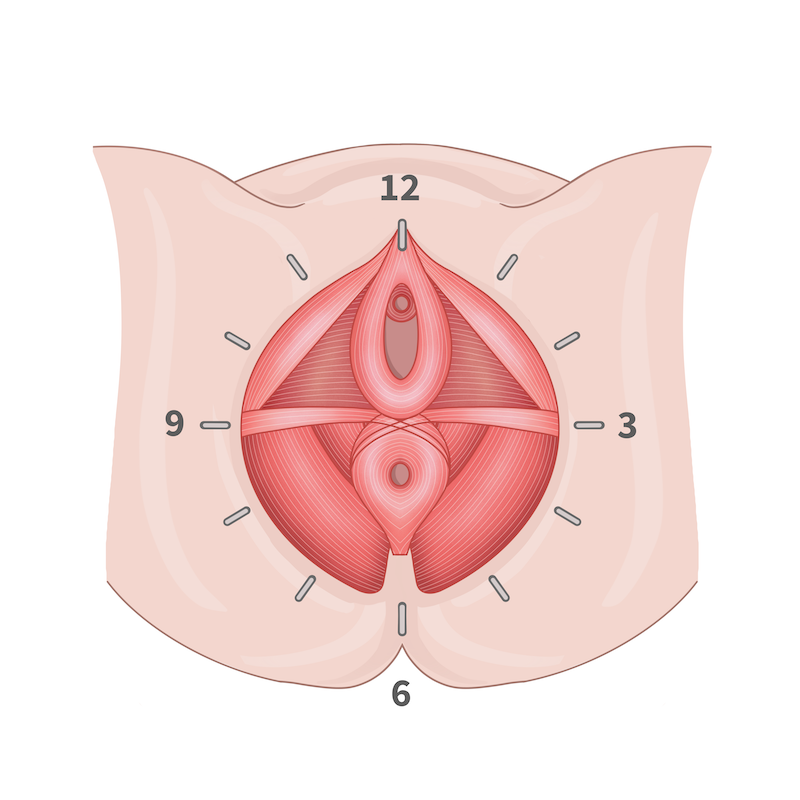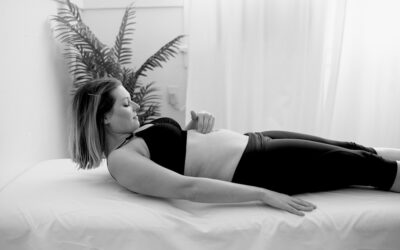Kegels. We all know the word. But do we really understand how to do a kegel the right way — and more importantly, should we be doing them? Well, let’s get right to it!
What is a Kegel?
A kegel is a contraction of the pelvic floor muscles, which sit like a basket at the base of your pelvis. These muscles stretch:
- Front to back (from your pubic bone to your tailbone)
- Side to side (between your sit bones)
In people assigned female at birth, the pelvic floor supports the urethra, vagina, and rectum. In people assigned male, it supports the urethra and rectum.
The pelvic floor muscles support pelvic organs, prevent bowel and bladder leakage (incontinence), and play a role in orgasm and penetration.
How to do a Kegel
Kegels may be subtle, but don’t underestimate them — these tiny, targeted movements can make a big impact when you find the right muscles and practice with intention. Here’s how to do a Kegel.
Step 1: Find your pelvic floor
First things first: figure out the specific muscles you are moving. Your pelvic floor muscles are the ones that help you:
- Stop your urine stream (but don’t actually do this often — it’s just a cue).
- Prevent yourself from passing gas
These muscles are inside your body, so you shouldn’t really feel your abdominals, inner thighs, or glutes when you contract them. You should feel a lifting or pulling sensation internally during the contraction, not a full-body squeeze.
Step 2: Perfect the movement
A kegel exercise actually has two parts:
- Contraction: Gently squeeze your pelvic floor muscles in and up
- Relaxation: Let your muscles fully release, back to their resting position
To perfect this subtle internal upward movement, imagine picking up a blueberry with your vagina or drawing a smoothie up through a straw with just your pelvic floor muscles.
Again, remember to avoid common traps like clenching your butt or holding your breath. This is a precision move, not a power lift!
How to tell if you’re doing Kegels correctly
Kegel exercises can help strengthen the pelvic floor muscles — but only if you’re engaging the right ones. It’s common to accidentally squeeze your abdominals, buttocks muscles, or inner thighs instead. Here’s how to check if you’re doing the exercises correctly:
#1 Use a mirror
To find your pelvic floor and see it in action:
- Stand with one leg on a chair and hold a mirror so you can see your vulva.
- Look for your perineal body—the area between your vaginal and anal openings.
- Tighten your pelvic floor muscles (like you’re picking up that blueberry). You should see a subtle lift inward at your perineal body, or a subtle tightening around your anus or clitoral hood (skin above your clitoris).
Tip: If you can’t see movement while standing, lie on your back with knees bent and try again.
#2 Feel it from the outside
Don’t worry — even if you can’t see the movement, it may be easier to feel it:
- Place a clean finger on your perineum or just inside your sit bones.
- Tighten your pelvic floor muscles. You should feel a small pulling-in or tensing.
Feel movement? You’re on the right track.
#3 Try an internal check
The best way to check that you’re doing a Kegel correctly is by feeling the movement from inside of your vagina:
- Lie down or stand in the shower. With clean hands, insert one finger into your vagina about a knuckle deep toward the “6 o’clock” (anal) position.
- Squeeze your pelvic floor muscles. You should feel a gentle tightening and lift.
- Rotate your finger to 3 o’clock or 9 o’clock positions — do you feel an inward pull?
- Relax fully. Releasing completely is just as important as contracting.
If you’re pushing out, holding your breath, or feel nothing, a pelvic floor physical therapist can help you find the right muscles and train effectively.
#4 Advanced self-check
Once you feel like you’ve perfected the movement, you can take your Kegel awareness to the next level with these deeper self-assessments. These aren’t must-do’s for everyone, but they can help you better understand your pelvic floor control and fine-tune your technique:
- Breath coordination: Can you contract on the exhale and relax on the inhale? (You should be able to breathe freely during the exercises.)
- Quick flicks: Do 1–2 second rapid contractions and relaxations.
- Endurance holds: Hold a contraction while breathing for 5–10 seconds or longer.
- Strength variations: Can you squeeze at 25%, 50%, 75%, and full strength?
- Functional test: Can you contract and hold your pelvic floor while coughing?
Should you even be doing Kegels?
Kegels have long been a go-to solution for any kind of bladder, bowel, or pelvic dysfunction. Pain with sex? Kegel. Leaking urine? Kegel. Pregnant? FOR SURE Kegel. Want a “tight vagina”? (cringe) Kegel.
But the trust is that it just depends. Kegel exercises are not a one-size-fits-all solution to a healthy pelvic floor. While they can help strengthen the pelvic floor muscles, they’re not appropriate for everyone. In fact, in some cases, doing kegels incorrectly or unnecessarily can actually worsen symptoms.
Who might benefit from Kegels?
You may benefit from Kegels if you experience:
- Urinary or fecal incontinence
- Pelvic organ prolapse
- Weakness or lack of sensation post-childbirth
- A tendency to hold your breath during movement or lifting
- Trouble with quick contractions or endurance holds
Kegel exercises can help strengthen the pelvic floor muscles — but strength isn’t the only benefit. When you find your pelvic floor and perform the exercises correctly, Kegels can:
- Improve blood flow to healing tissue
- Enhance arousal and stimulation during sex
- Help calm an overactive bladder
- Support pelvic organs and improve coordination
- Encourage muscle relaxation and control—not just tension
Still unsure? Join the V-Hive
If you’re still unsure, working with a pelvic floor physical therapist can help you find the right muscles, make sure you’re doing the exercises correctly, and avoid common pitfalls like clenching your buttocks muscles or forgetting to breathe freely during pelvic floor exercises.
Whether you’re looking to strengthen the pelvic floor muscles, reduce fecal incontinence, improve sexual sensation, or simply make pelvic health a part of your daily routine, we’ve got you covered. Join the V-Hive and get instant access to expert-led videos, more step-by-step guides, and self-assessments to help you squeeze your pelvic floor muscles with confidence — multiple times a day, if needed. Your healing, your confidence, your body — they all start here.







